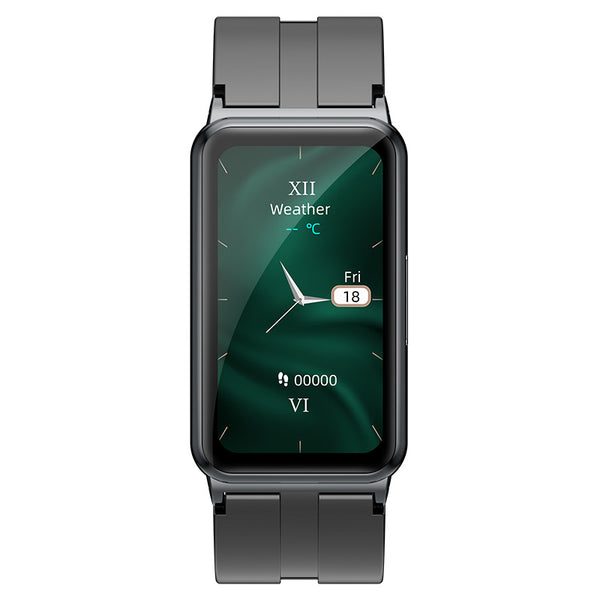Step by Step: Unveiling the Caloric Burn of Walking
In the quest for fitness and overall well-being, walking emerges as a timeless and accessible exercise. Whether it's a leisurely stroll or a brisk power walk, the benefits extend beyond cardiovascular health. One common question that often arises is, "How many calories do you burn by walking?" In this blog post, we'll unravel the science behind the caloric burn of walking, factors influencing it, and how this simple yet effective exercise can contribute to your fitness journey.
Understanding the Basics:
Caloric expenditure during walking is influenced by various factors, including your weight, walking speed, and duration. While the exact number varies from person to person, understanding the basics provides a foundation for gauging the impact of walking on your overall energy balance.
The Relationship Between Speed and Caloric Burn:
The pace at which you walk plays a significant role in determining caloric burn. Generally, the faster you walk, the more calories you burn per minute. This is because increased intensity requires more energy, engaging different muscle groups and elevating your heart rate.
Weight Matters:
Your body weight is a crucial factor in the caloric equation. Heavier individuals tend to burn more calories while walking than their lighter counterparts. This is due to the increased effort required to move a larger mass against gravity.
Duration and Total Calories:
The duration of your walk also contributes to the overall caloric burn. While speed influences calories burned per minute, the total energy expenditure is a product of both speed and time. Longer walks, especially when combined with a moderate pace, can significantly contribute to your daily caloric expenditure.
Types of Walking and Caloric Burn:
Beyond the traditional stroll, the type of walking can impact caloric burn. For example, incorporating intervals of brisk walking or uphill terrain increases the intensity, subsequently elevating the caloric burn. Experimenting with different walking styles keeps the activity engaging and maximizes its fitness benefits.
Incorporating Walking into Your Fitness Routine:
Walking is a versatile exercise that can be seamlessly integrated into your daily routine. Whether it's a morning stroll, a lunchtime walk, or an evening wind-down, finding opportunities to walk not only contributes to caloric burn but also promotes mental well-being.
Technology and Tracking:
Modern fitness trackers and apps provide a convenient way to monitor your walking metrics, including steps taken, distance covered, and estimated calories burned. Utilizing these tools adds a layer of motivation and accountability to your walking routine.
Walking, a seemingly simple activity, holds profound benefits for both physical and mental health. The calories burned during a walk are influenced by factors within your control, such as speed and duration, making it a customizable and adaptable exercise. Whether you're aiming for weight management, improved cardiovascular health, or an active lifestyle, walking proves that fitness can be as accessible as putting one foot in front of the other. So lace up your shoes, step outside, and embark on a journey of wellness, one stride at a time.













